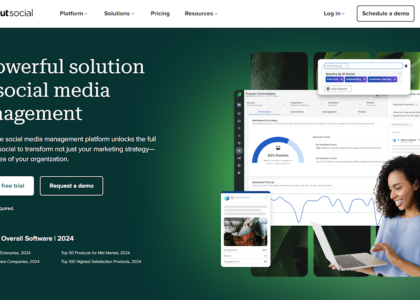A well-designed website is the backbone of any successful online presence. Whether you’re a business owner, freelancer, or entrepreneur, your website should not only look visually appealing but also offer a seamless user experience. As a website designer, here are some essential tips to create stunning, user-friendly, and high-converting websites.
1. Keep It Simple and Clean
A cluttered website can overwhelm visitors. Stick to a clean, minimalistic design that enhances readability and engagement. Use ample white space, easy-to-read fonts, and a well-structured layout.
2. Mobile Responsiveness Is Key
With more than half of web traffic coming from mobile devices, your website must be mobile-friendly. Ensure your design adapts to different screen sizes and functions smoothly on smartphones and tablets.
3. Fast Loading Speed Matters
Users expect websites to load in under three seconds. Optimize images, use caching, and minimize unnecessary scripts to improve speed. A fast-loading website reduces bounce rates and enhances user experience.
4. Prioritize User Experience (UX)
Design with the user in mind. Ensure intuitive navigation, clear call-to-action buttons, and easy access to important information. A user-friendly experience encourages visitors to stay longer and convert.
5. SEO-Friendly Design
A visually stunning website is useless if no one can find it. Optimize your site for search engines by using proper HTML structure, meta tags, fast-loading images, and keyword-rich content.
6. Use High-Quality Visuals
Images and videos play a significant role in engagement. Use high-quality, relevant visuals that enhance your content. Avoid overloading pages with large media files that can slow down your site.
7. Strong Call-to-Actions (CTAs)
Your website should guide visitors toward taking action. Whether it’s signing up for a newsletter, making a purchase, or contacting you, place clear and compelling CTAs strategically throughout the site.
8. Consistency in Branding
Maintain consistency in colors, fonts, and style throughout your website to create a strong brand identity. A professional and cohesive design builds trust and credibility.
9. Secure Your Website
Website security is essential to protect user data. Use SSL certificates, keep software updated, and implement security plugins to prevent vulnerabilities.
10. Regularly Update and Maintain Your Site
A great website is never truly finished. Regularly update content, check for broken links, and improve site performance to keep it fresh and relevant.
Final Thoughts
A well-designed website is more than just aesthetics—it’s about functionality, usability, and engagement. By implementing these essential web design tips, you can create a professional, user-friendly, and high-performing website that stands out in the digital landscape.



